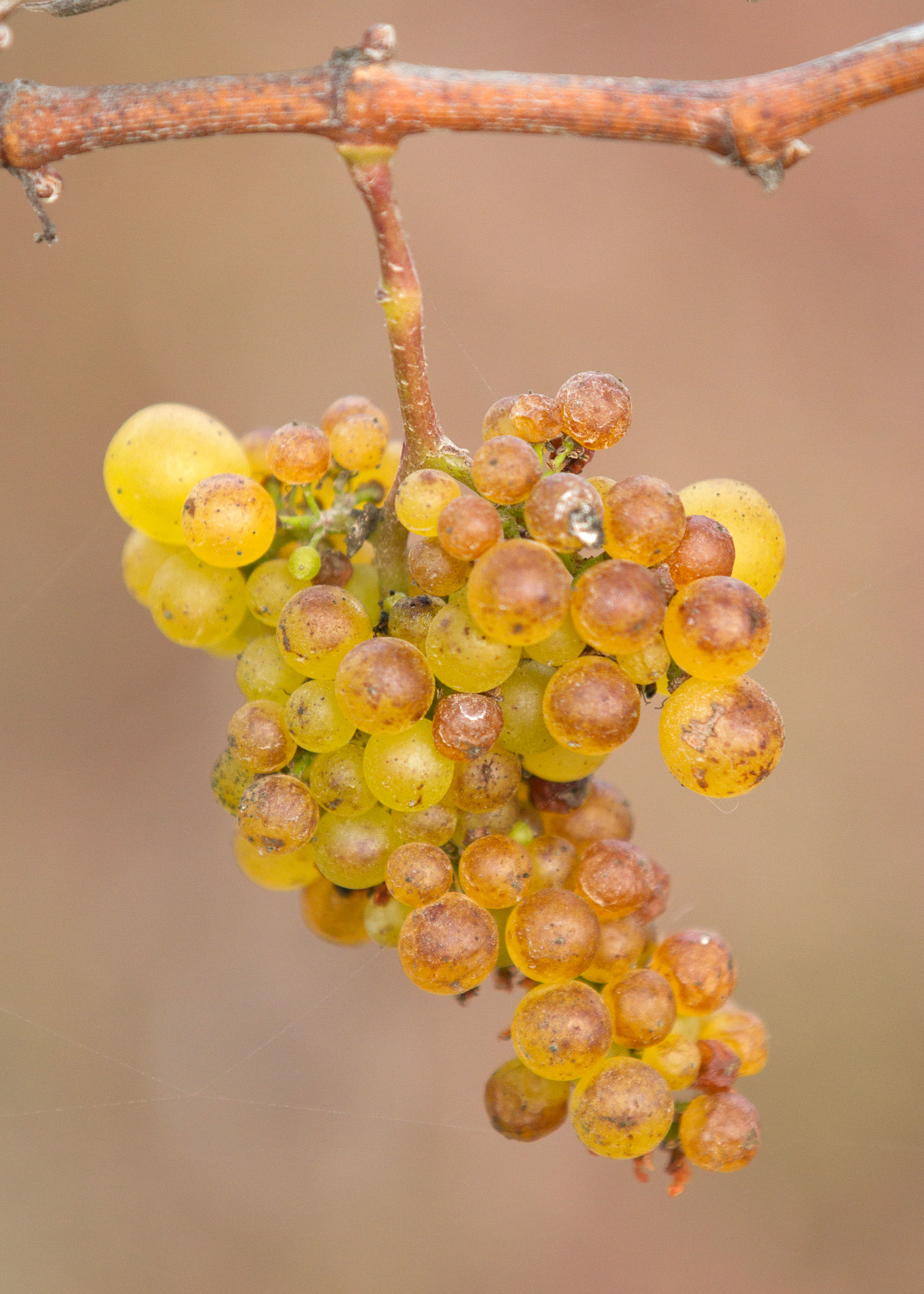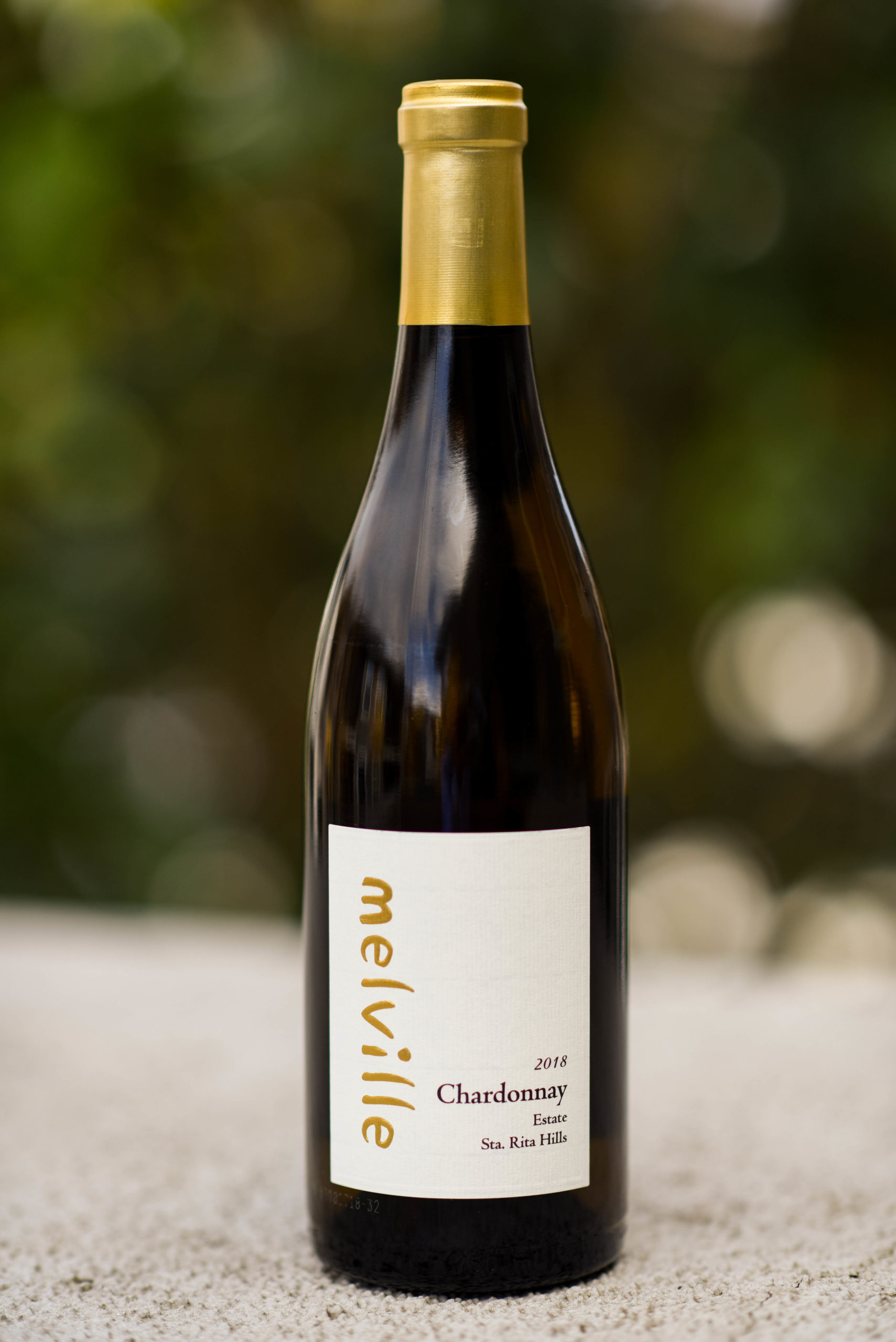Chemistry 101: The Making of Melville Chardonnay

Most of us woke up to the world of chemistry in high school when our teachers introduced us to the periodic table. Whether we had a love or hate relationship with the subject, we cannot deny that chemistry, while combining mathematics, physics, biology, and environmental sciences, allows us to gain insight into some of the world’s most intriguing phenomena. The phenomena we’re particularly interested in? Winegrowing, of course. Beyond understanding that acidity and pH levels have an inverse relationship, chemistry teaches us meaningful lessons like how to be objective, how to reason, and how to problem-solve. These basic principles of science lay the structure for our winegrowing process, but what sets us apart is our ability to let our wine have its own voice. Science may advise us, but art and intuition guide us. Let us explain how we apply this to our Chardonnay…
The Hypothesis
Just 40 years ago, finding Chardonnay in a vineyard was extremely uncommon, especially in California. In the 80s, quite unexpectedly, there was a Chardonnay boom. This boom led us to where we are today – Chardonnay is the single most widely farmed varietal in the world. With such an abundance of this grape in California, we saw that Chardonnay became less exciting to wine lovers. Our relentless curiosity caused us to see this as an opportunity. We wanted to re-excite people about the varietal and awaken their senses by producing a Chardonnay that sets itself apart from the average flavors and textures. So with our magical climate and piece of land, that’s just what we did. Who would have thought that receiving the brunt of brutally cold ocean winds and growing in nutrient-deficient, well-drained soils for a longer-then-average growth season is the secret to making kick-ass Chardonnay?

The Solution
Your typical Chardonnay blocks are found in wine regions on the warm or hot side, usually region (based on degree days) 2, 3, or 4. In the hills of Sta. Rita, just off the coast of the Pacific Ocean, ours are planted in a region 1 climate (due to the cold, some vintages don’t even qualify as such). Because we’re growing this varietal in such an uncomfortably cold climate, our process differs with a longer-than-average growth season and early bud break in a cold and sunny environment (think “refrigerated sunlight”). Our crew is out at midnight picking grapes off the vine while they’re still cold, stable, crisp, and fresh. Since we’re picking our Chardonnay in the middle of October, we’re getting ripe just in time and letting it hang out longer to decrease the acidity naturally. Once in the cellar, we’re not manipulating our wine and we’re removing oak from the equation so the purity is present. When Mother Nature throws us an obstacle, we reason, we adapt, and we solve these problems as they come. Chemistry 101, right?
With such struggles that come from our process, someone could easily argue that we have the wrong varietal planted in this climate (I mean, have you ever heard of a Chardonnay having too much acidity in its purest form?) We, on the other hand, know that there is something magical about this area and its production of cold-climate Chardonnay (think Chablis and Meursault).

The Outcome
Our basic understanding of chemistry, our aggressive farming methods, and our surrender of control to Mother Nature produce cold-climate Chardonnay with unique qualities. In terms of flavor, our descriptors don’t consist of the ones you’re used to; we’re throwing around words like minerality, salty, savory, oceanic, white flowers, citrus, and lime blossoms. When it comes to texture, a sip of a Melville Chardonnay will never just “sit” in your mouth. It’s alive with electric tension and concentrated fruit flavors that leave a feeling of depth across your palate. We’re not the only ones who believe in the magic that comes from the Sta. Rita Hills region. Wine critic Antonio Gallonio claims that this region is capable of yielding world-class Chardonnay, and experts around the globe are following suit. We have the wine scores to prove it. Our highly-acclaimed vintages always sell out and our latest release, the 2018 Estate Chardonnay, will be no different. With just under 1,100 cases produced, it was rated 93 points by Jeb Dunnuck, 93 points by Antonio Galloni, and 92 points by The Wine Advocate. You can say we’re not surprised it’s selling so quickly, and you’ll want to try it for yourself before it’s gone. If you don’t consider yourself a “Chardonnay person”, then we dare you to try it. You won’t be disappointed. And, if you’ve already joined our journey of making Chardonnay exciting again, you’re in luck! Our 2020 Inox Chardonnay is being released in April and this bottling takes cold-climate Chardonnay to the next level.
Remember, amazing things can happen when you let go of the rulebook. And don’t forget to tell the young people to pay attention in chemistry class.
Be well,

-Chad Melville (Co-Founder & Head Winegrower)
We would love to know what you think! Be sure to tag us on Facebook or Instagram and let us know how your thoughts on our cold-climate Chardonnay.


